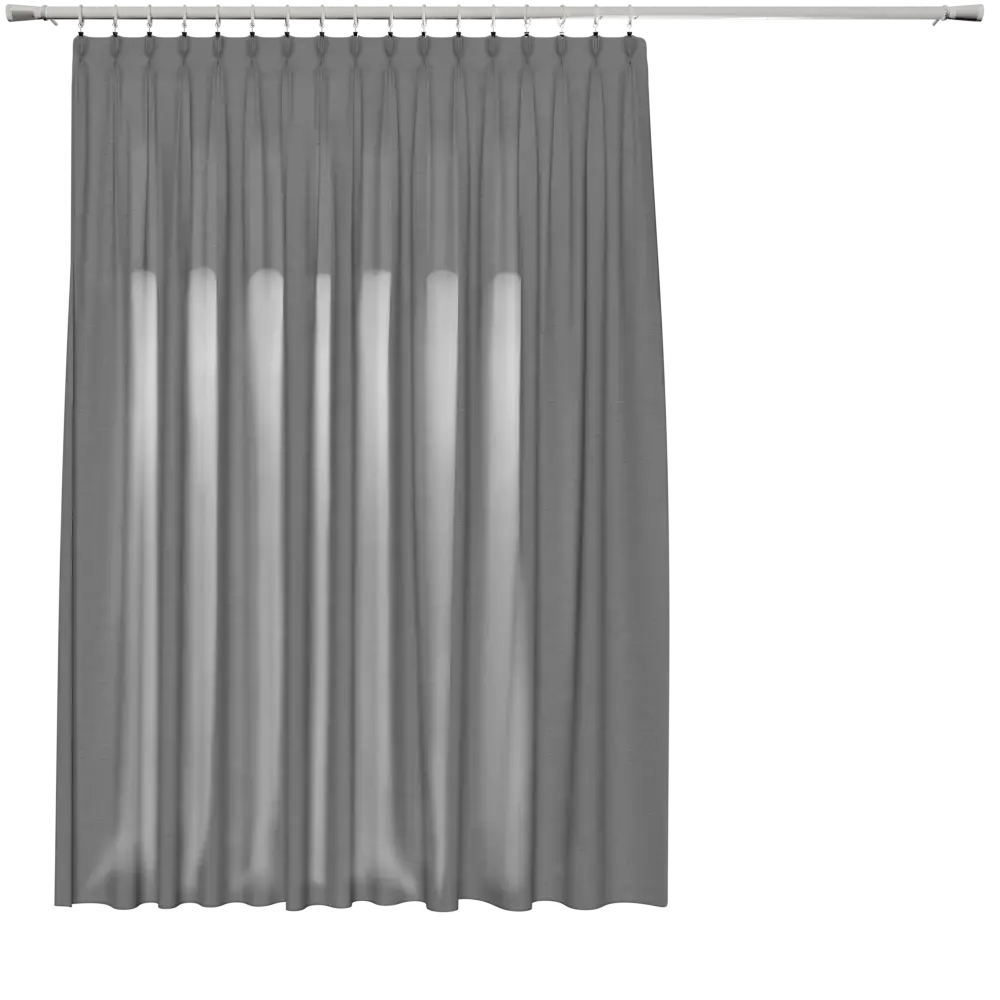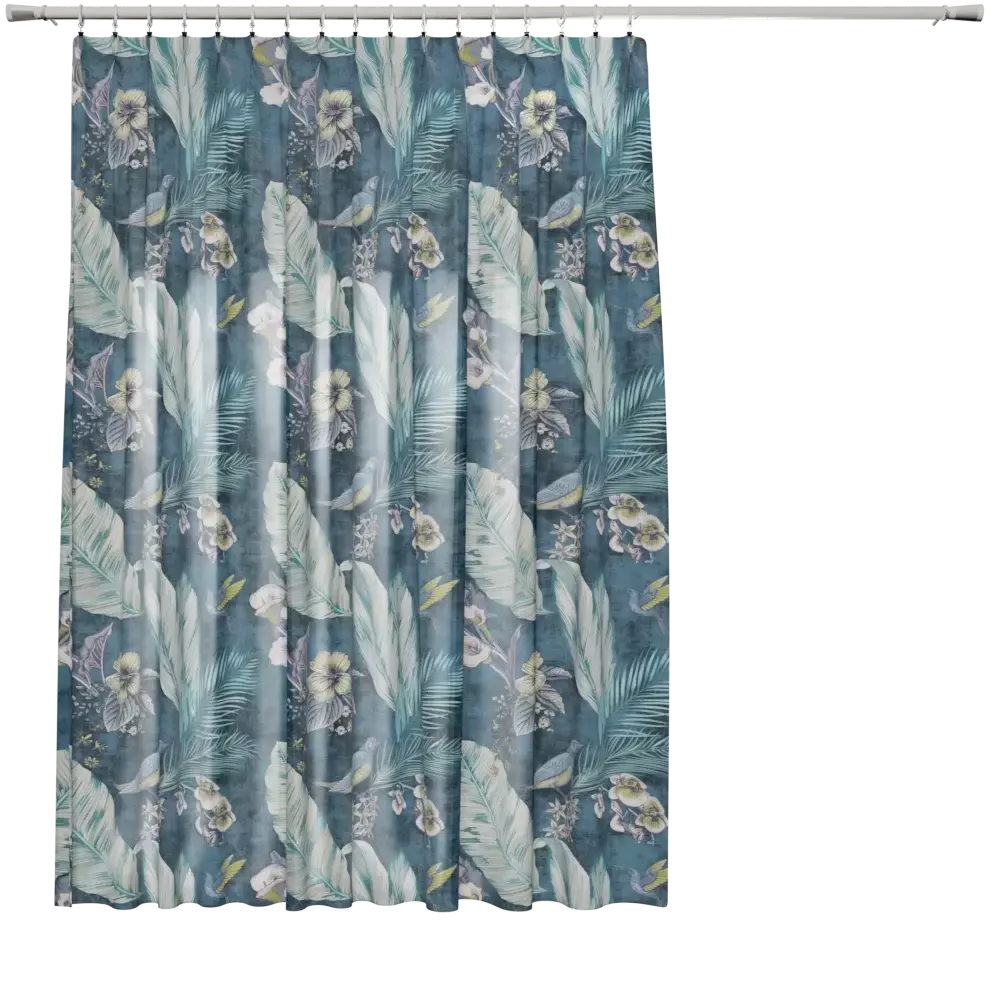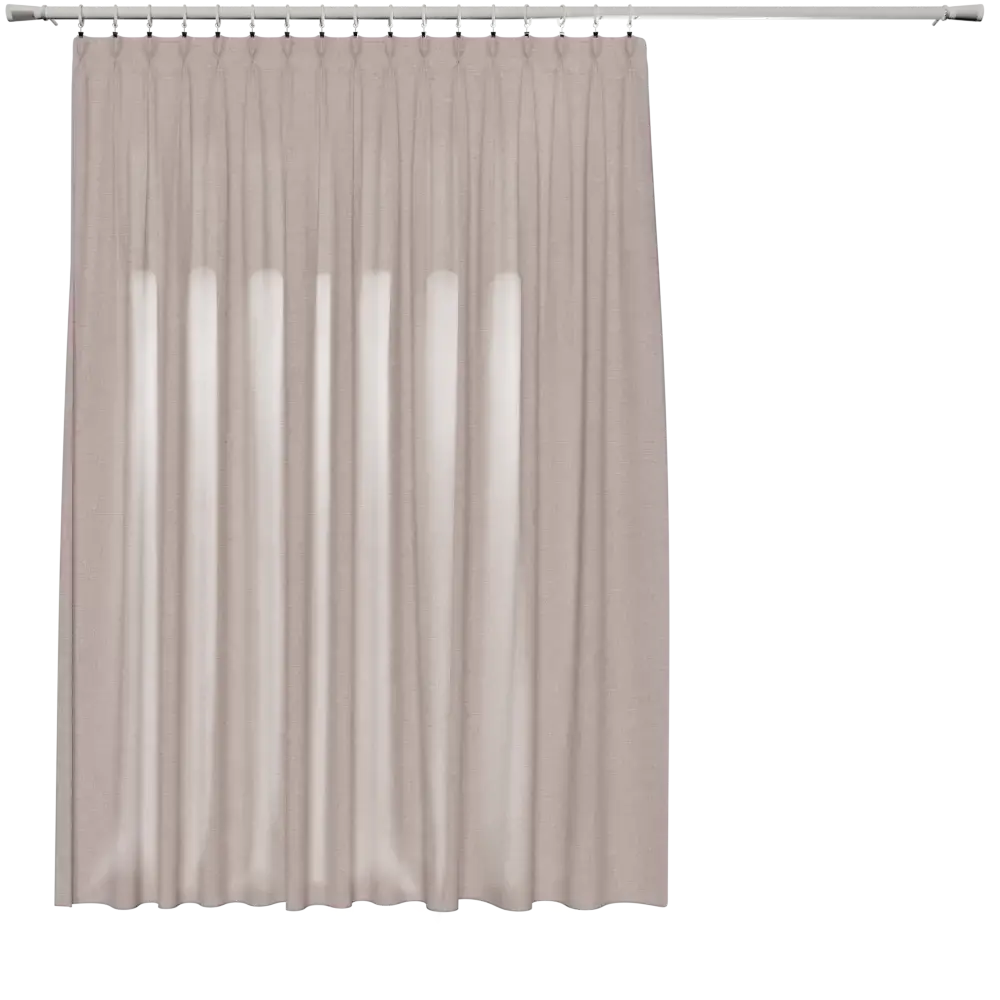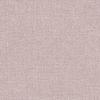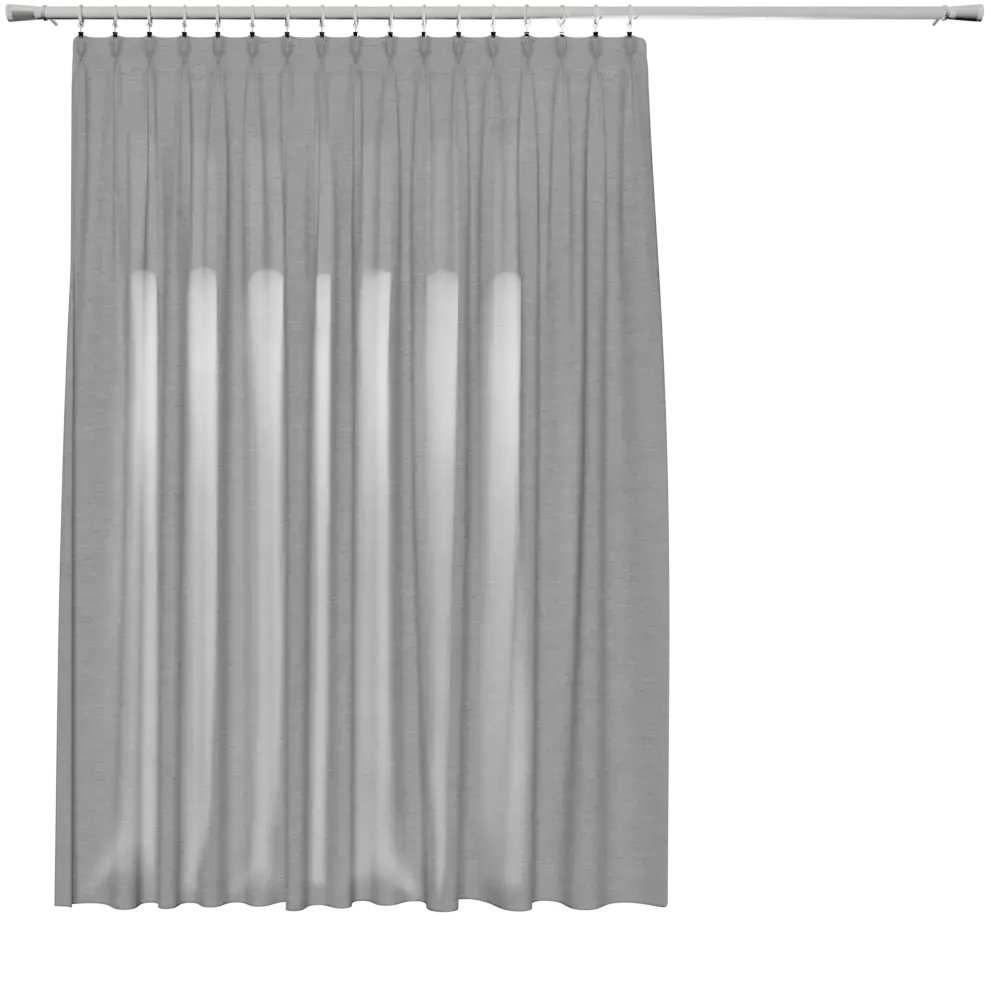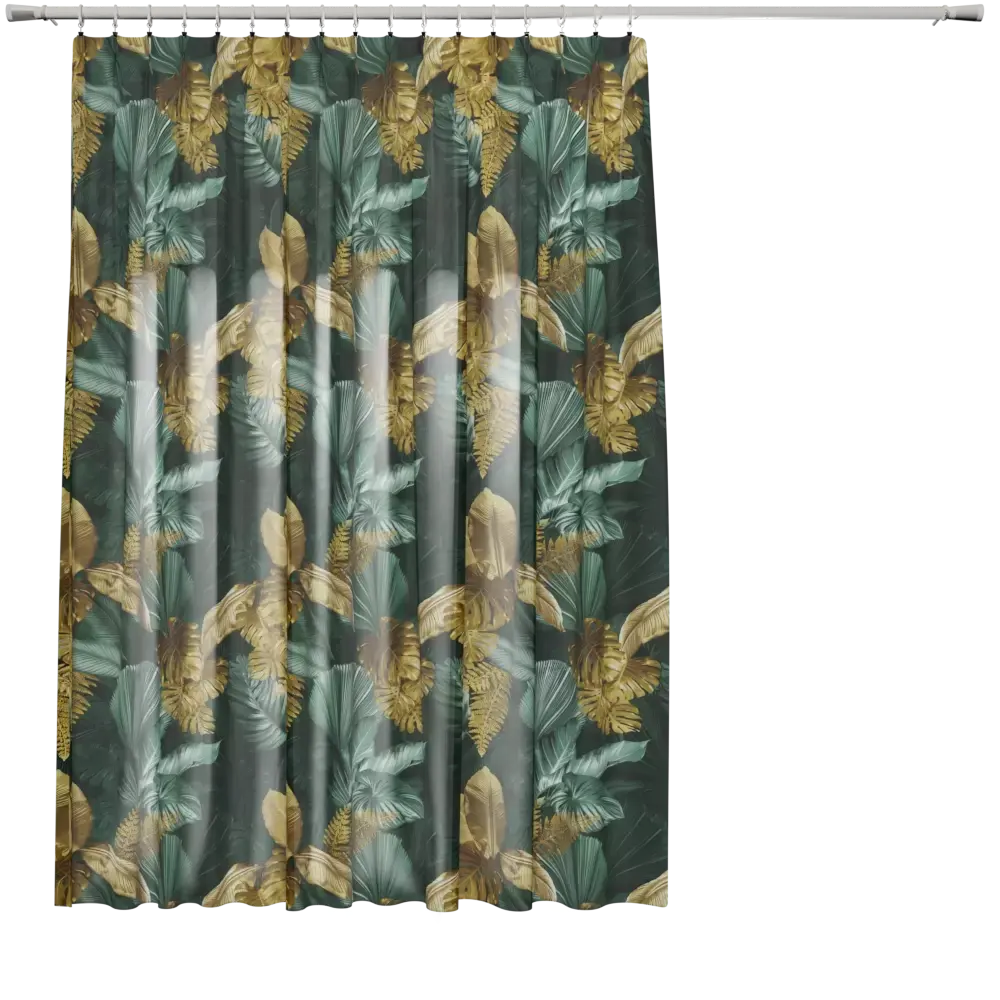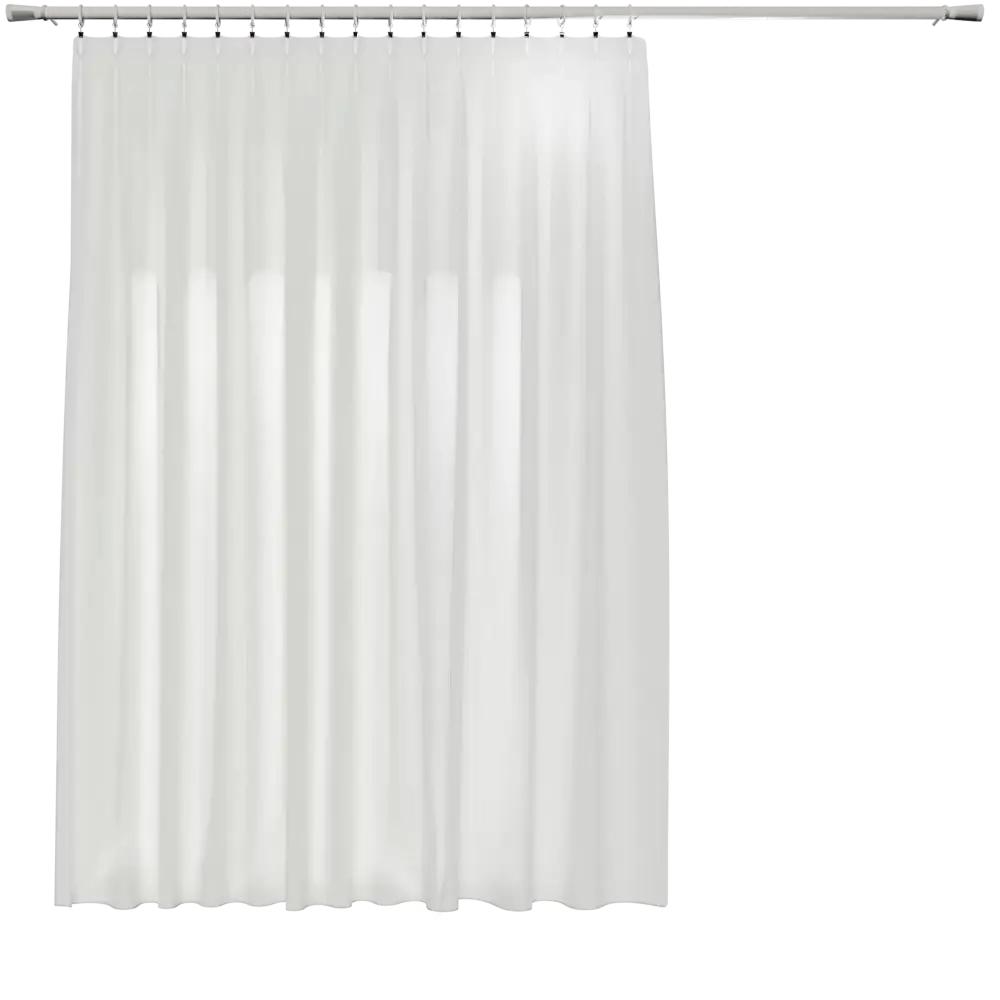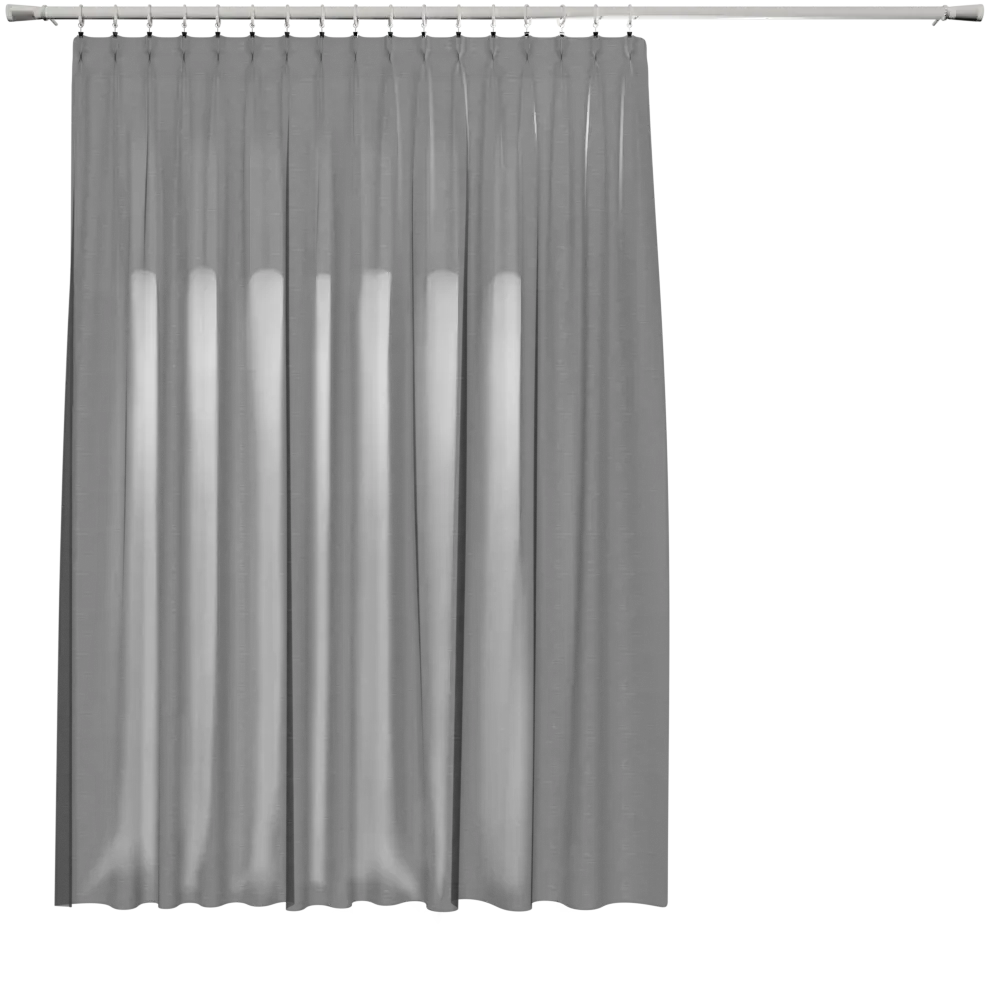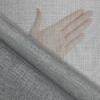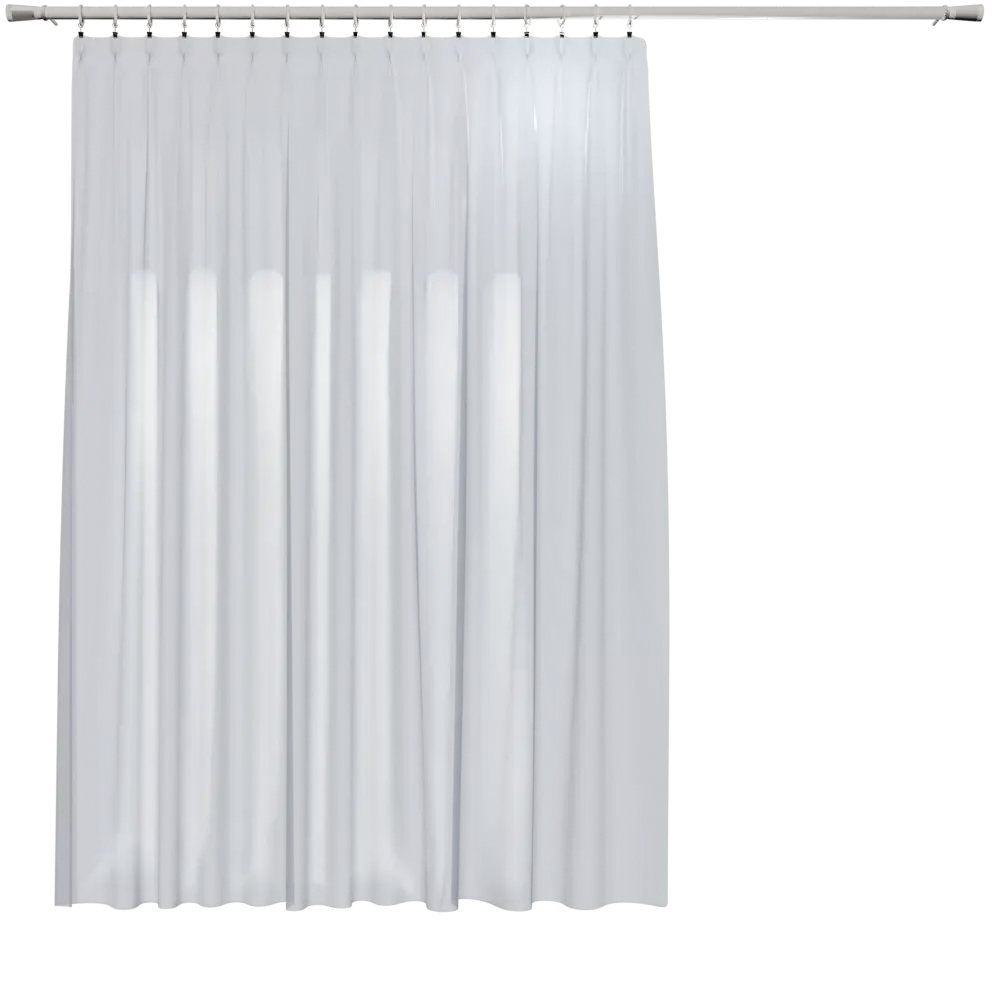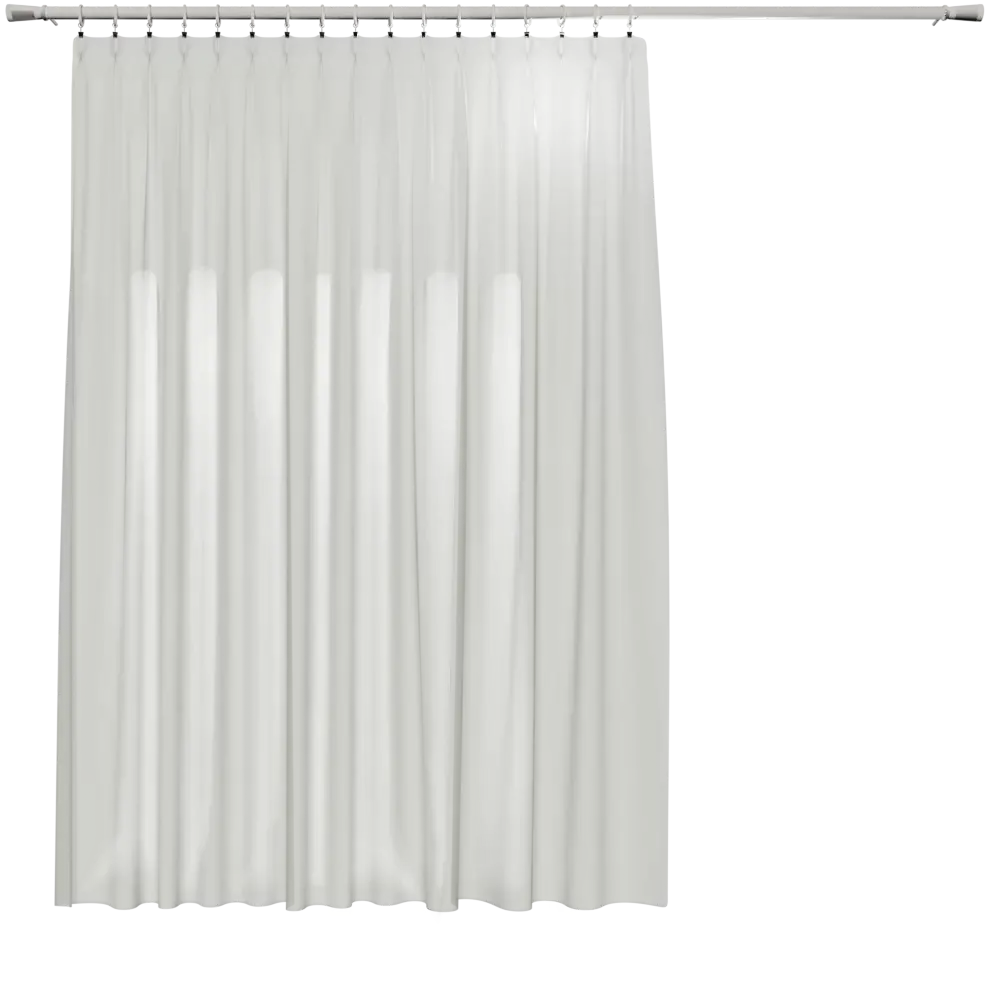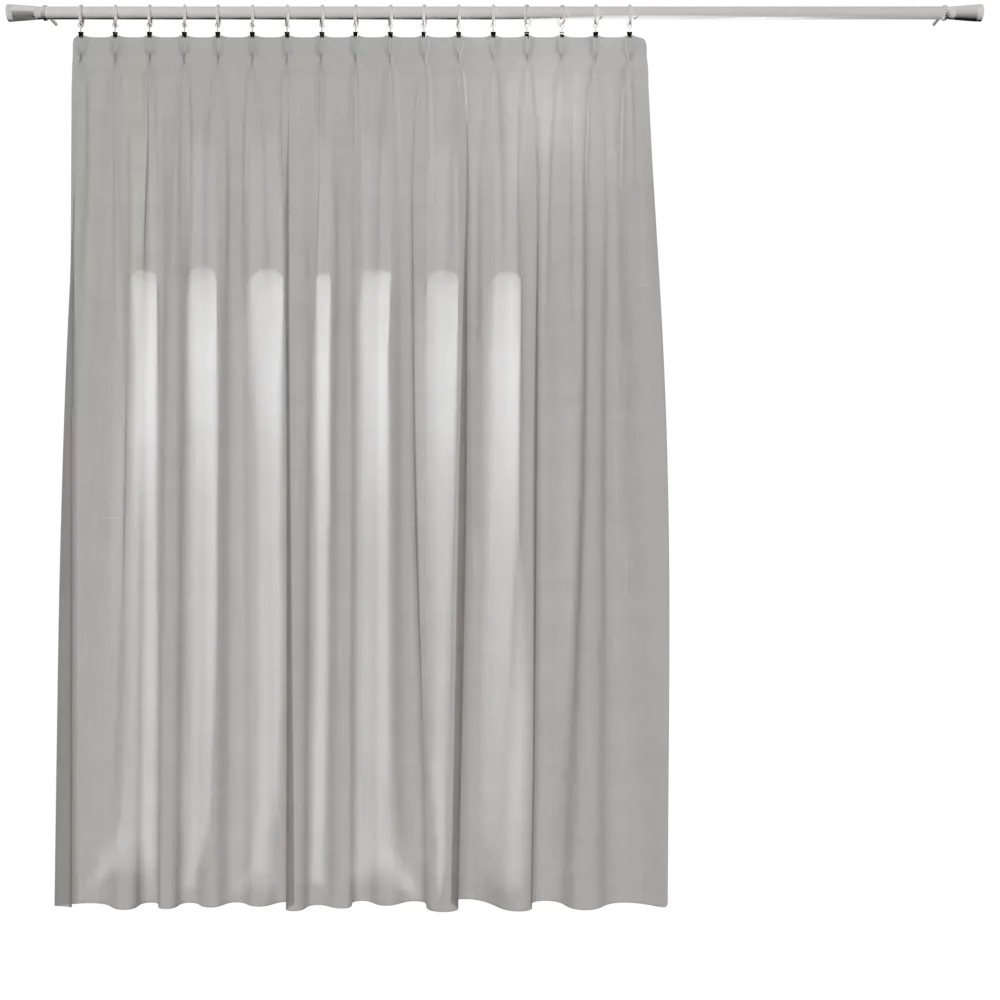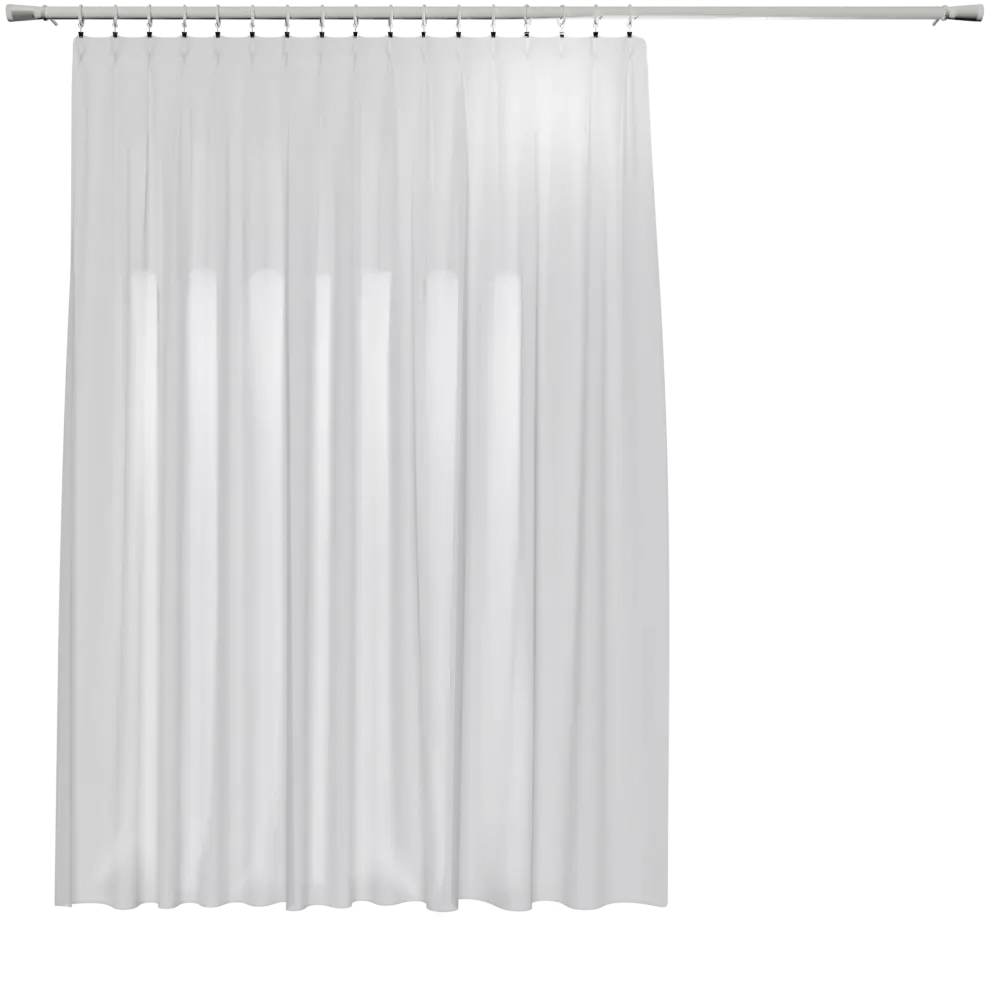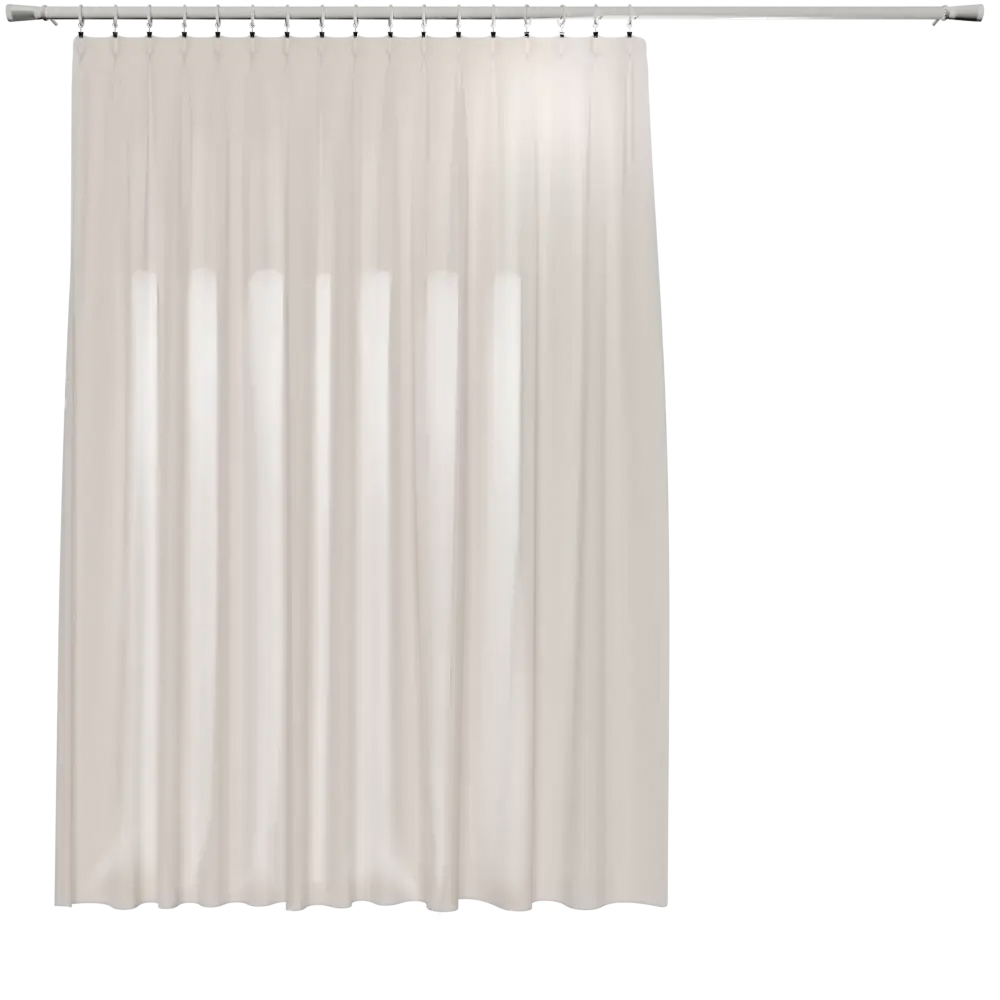What are you looking for?

How to pin up curtains?
The right curtains are a guarantee of cosiness. However, the final effect depends not only on their type, but also on the correct up-do - especially in windows where the curtains are the only decoration of the window. How should curtains be pinned up to create a spectacular, desirable effect in any interior? Read our ideas and suggestions.
How to pin up curtains in the living room? How to pin up curtains that are too long?
Curtains most often appear in the living room - a representative place where guests are received and leisure time is spent. The thoughtful arrangement of this interior is evidence of the householder's keen interest in aesthetic and decorative aspects.
Check out: How to refresh your home with curtains?
Very often there is a nice view from the living room. Interestingly decorated windows - e.g. with tasteful curtains - are a beautiful decoration of a flat or house. Depending on the arrangement, they can give the room a cosy feel or a touch of elegance or extravagance.
There isn’t a singular response to question, how to pin up curtains. The updo of curtains is another decorative treatment. They usually don't need any extra strong accents - they alone give a spectacular, unadorned effect. However, if you want to tie the curtains up with something, go for heavy, dark fabrics, such as decorative cords. Everything - really - depends on the thickness and type of fabric used to make the curtains, as well as your own ideas, creative invention.
Many interior designers emphasise that curtains can be left loose, untied. This solution works particularly well in modern living rooms with large glazing.
How to pin up curtains? Best solutions
How do you pin up curtains in the living room (and any other room)? Simply gather the fabric (halfway along its length) and tie or fasten it together using special curtain upholders. A good solution is to choose wall-mounted hooks to which you pin the updo. However, it is worth bearing in mind that there are various ways of hanging curtains decoratively, including creasing, pinning up with a garter or a braid. What are the characteristics of each solution? How to pin up curtains? How do I fix curtains that are too long?
Creasing curtains - the most popular decoration
Creasing curtains is the most popular way to give a window a unique style, character. You can crease the fabric yourself or not - buying ready-made curtains with sewn-in tape. In any case, pay attention to the degree of creasing and the type and appearance of the fabric. If a curtain has patterns, arrange them in larger pleats so that the motifs are visible. With curtains of a solid colour, it is better to opt for finer draping. Crease curtains made of thick materials more widely - this gives a better visual effect. Remember that the softness of the fabric also plays an important role - the stiffer it is, the less easy it is to arrange.
The simplest way is to crease the curtain using a tunnel updo. Such a tunnel is slipped over the curtain rod and the fabric is then arranged as desired. Creased curtains are one answer to the question of how to cleverly conceal the curtain rod and how to pin up curtains that are too long.
How to pin up curtains using a garter?
What do you use to garter your curtains when the heavy fabric clearly needs pinning up? A garter is a piece of fabric that forms a cohesion with the curtain or creates a contrast to it. It does not have to be made of textile, but instead, for example, a string with beads. It does not go well with heavy and thick curtains, as it may prove too flimsy to encircle them.
How to pin up curtains using tassels?
It is a distinctive cord with a tassel, usually made of thick thread, mouline and yarn. Some of the more decorative pieces are additionally adorned with beads, crystals, pompoms or metal rings.
An up-do via a tassel is typical for curtains made of chiffon, organtine or marquise, so-called flowing fabrics. However, this does not mean that the cord does not go well with other fabrics. Much depends on the effect you want to achieve.
Wondering how to pin up curtains that are too long? The tassels are the answer.
How to pin up voile curtain? Popular ways
A very popular way is to pin up the curtains to the sides, exposing the centre of the window and creating a nice composition. Designers recommend adding a small valance or lambrequin (an elongated strip of curtain with a crinkled or plain structure) to such an updo, hung at the top of the window.
There is also the option of having the curtains pinned to one side, which works well in small rooms and with small windows. The householder then has easy access to the window - they can open it easily without moving parts of the fabric to the side.
This can also interest you: Curtains for bedsit- how to choose the best one?
The curtain can also be fastened with a special sewn-in tape with plastic safety pins - it gives a creasing effect. Washing such a curtain is very easy, it retains the same properties after wet cleaning, so there is no need to iron it. Just hang it up - and the window decoration is ready. It's a solution for people who don't have time or are not interested in interior design. See our curtains: Velvet Curtain 111 and Velvet Curtain 107.
What do I use to pin up my curtains? Types of drapery
There are several options for pinning up a curtain. In living rooms, the most common are the use of tassels and cords, suitable for stylish, elegant interiors. Decorative, jeweled, glittering "circles", which are put on the curtains like elastic bands in the hair, look beautiful on glamour-style fabrics.
Don't forget the simplest and most classic method of drapery updo - sewn strips of plain fabric. These can be of various lengths. In one case, very long fabric strips, covering the entire width of the curtain and hooked onto a hook on the wall, will work well. Or they can be quite short and envelop the curtain, passing through sewn-in circles at either end. Such an up-do would suit almost any room.
Hooks, against which a string or strap is hung, involve drilling a hole in the wall. Not every householder wants the wall structure to be affected in this way. An alternative could be magnets, attached to both ends of the cord. The aforementioned elements are the basic answer to the question "what do I fasten the curtains with?".
help?
to call us
write to us
